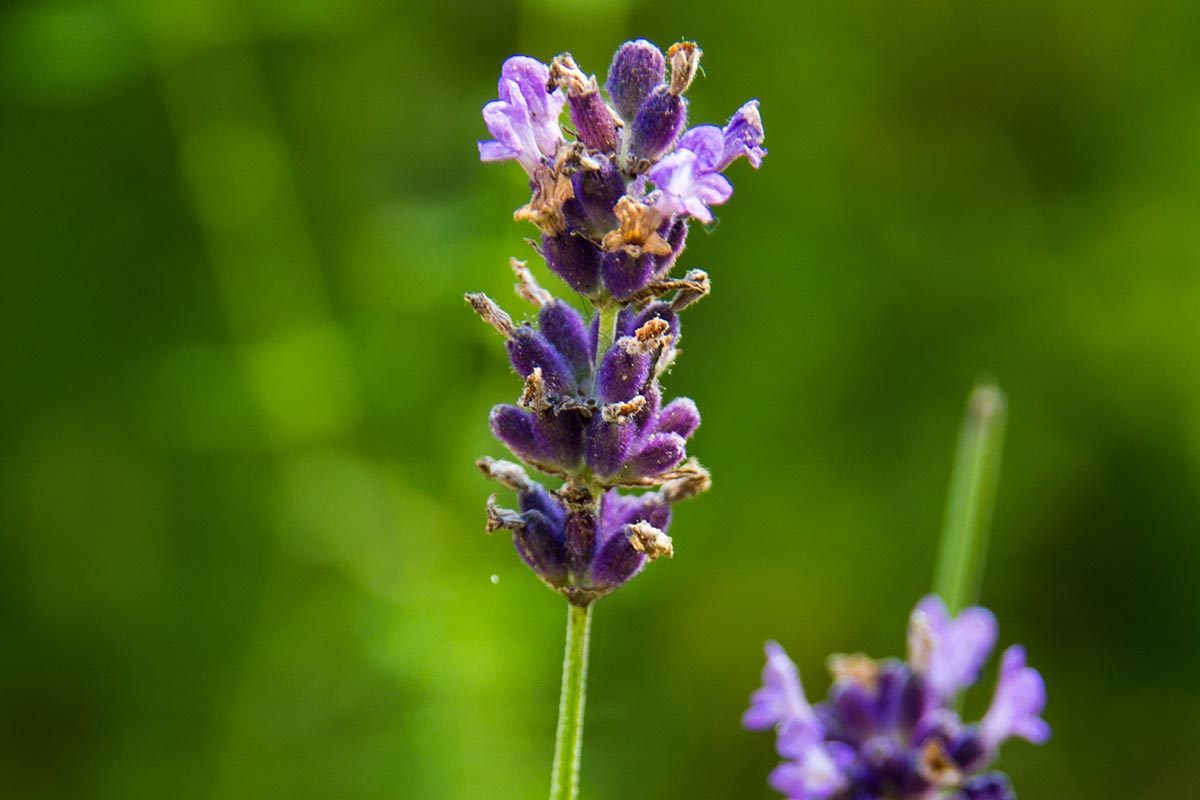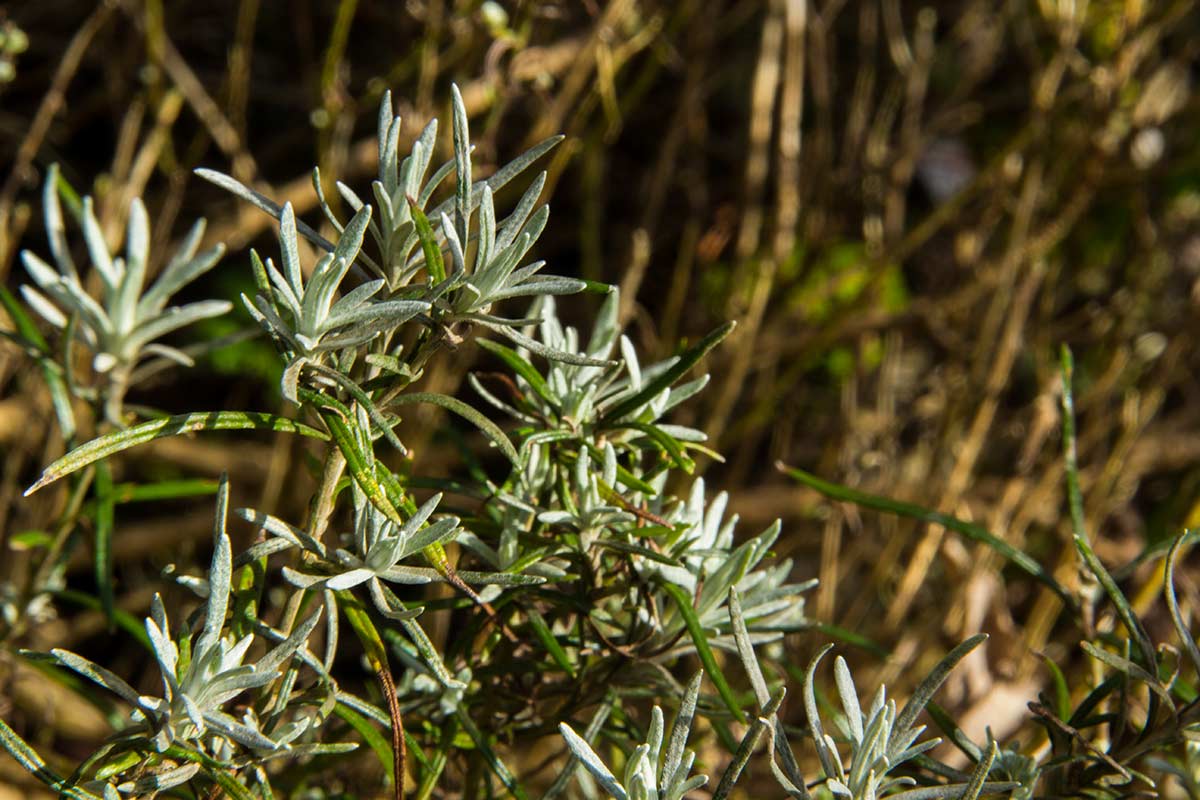Lavender
Common names
Latin name
Family
Parts used
Botanical description, cultivation and harvesting
A perennial evergreen shrub, grows up to 1 metre. The plant has grey green foliage, with spikes of flowers extending above the foliage. These are normally violet-blue, but there are cultivars in all shades of blue and purple, as well as white and pink. Much of what is sold as true lavender oil is actually Lavandula x intermedia or Lavandin. Lavandula spica produces more oil but it is of inferior quality. Lavandula stoechas, known as French Lavender, is used in Portugal and Spain to treat skin problems such as ulcers, wounds and sores. Lavender is indigenous to Southern Europe, mainly grown commercially in France, but throughout the world, notably Tasmania. It is propagated by soft wood cuttings or from seed sown in spring.
History, folklore, taste and energetics
Lavender is like the twin to rosemary; it lowers the blood pressure whereas rosemary raises it. Lavender is used to bring the energy down when it is all stuck in the head, causing anxiety. It is ideal after a day of being stuck up in the heady place to bring the energy down and clear looping thought patterns. It helps to calm the heart and the nervous system, to cool overheated emotions. In general it cools, calms, and clears. Its taste is bitter, dry, cooling, aromatic, although some people describe it as warming; perhaps it is more balancing as regards temperature.
Constituents
Flavonoids; Tannins; Coumarins; Essential oil (up to 3%)-Aldehydes: 2% (including myrtenal, cuminal, citral, geranial, trans-hexanal) Esters: 40- 50% ( linalyl acetate, lavandulyl acetate, terpenyl acetate, geranyl acetate). Ketones: 4% (camphor, octanone, p-methyl-acetophenone) Oxides: 2% (1,8-cineole, linalol oxide, caryophyllene oxide). Monoterpenols: linalol, terpin-4 -ol, a -terpineol, borneol, geraniol, lavandulol Coumarins/ Lactones: herianin, coumarin, ombelliferone, santonin.
Actions
- Anti-bacterial
- Analgesic
- Antiseptic
- Carminative
- Circulatory stimulant
- Cholagogue
- Nervine
- Spasmolytic
- Antidepressant
- Anti-rheumatic
- Relaxant
- Rubefacient
- Sedative
Traditional and current uses
- Flatulent dyspepsia, colic
- Depressive headache and migraines
- Tension headache
- Irritability and over excitement in children of any age
- Burns, sunburn
- Sleeplessness, irritability, depression
- Depressive states associated with digestive dysfunction
- Asthma, especially where there is a lot of stress and tension
- Coughs and colds
- Should not be used in large doses in pregnancy
- Wound herb
- To treat worms
- Helps to bring the energy down into the body from the head
Recipes
Lavender shortbread
100g butter or vegetable spread
50g sugar
175g self-raising flour
2-3 teaspoons lavender flowers, according to taste
Cream the butter and sugar together. Mix in flour and lavender then knead into a smooth dough. Roll out the dough and cut into biscuits with a cutter. Place on an oiled baking sheet and bake at 230oC for 10-12 minutes.
Alternatively use 1.5 teaspoons lavender flowers and 2 teaspoons or rosemary leaves, finely chopped, or used 3 teaspoons rosemary leaves without the lavender.
Night time tea (also known as put on your pyjamas before drinking this)
2 parts by volume each of s lavender flowers, chamomile flowers, Tilia blossom, Melissa flowering tops, 1 part rose buds.
Mix together and use 1-2 teaspoons per mug. Pour on boiling water and leave to infuse for 5-10 minutes before drinking.


